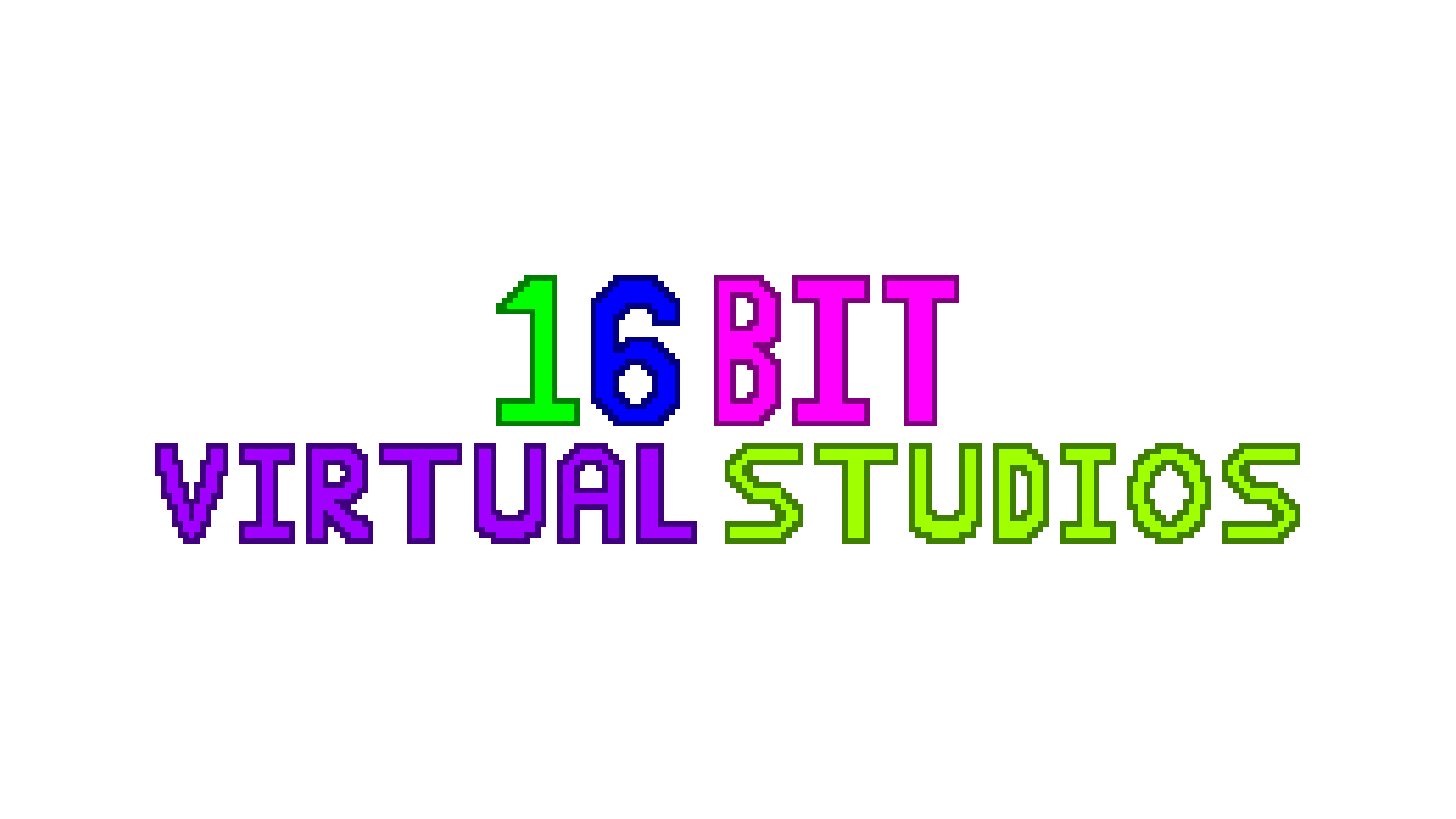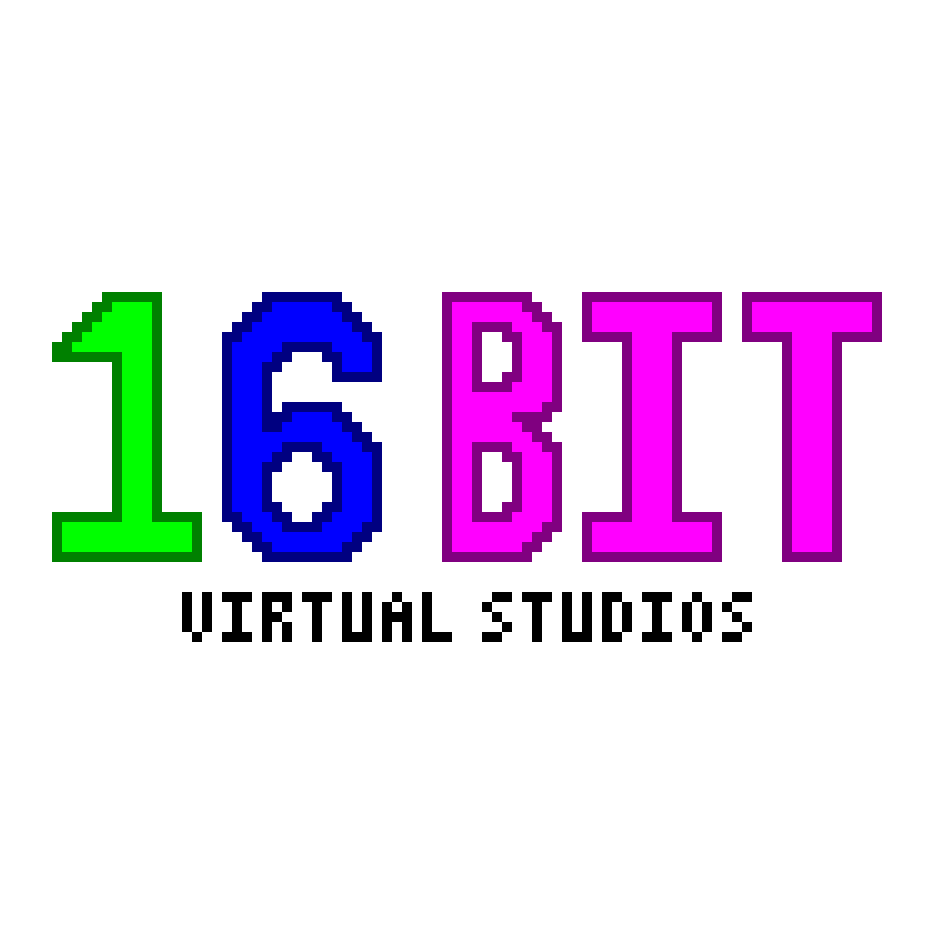Depends on the distro.
I found Linux Mint good enough for 99% of things, and most problems can be solved without a terminal.
Problem is you’d still need to know enough about Linux (just like with windows) to troubleshoot. For example, the files app was causing an error when plugging in drives, I need to figure out that the files app wasn’t call files, but nemo, it’s config lived in a hidden folder called .config in my home folder, and in .config I could delete my configuration to fix my issue.
In my view Linux is about Windows XP or 7 in terms of usability, a bit of a learning curve, but one worth learning.
A few modern improvements which makes using Linux easier.
Use Flatpaks where possible, it’s platform agnostic and usually supported by the actual devs.
AppImages (think portable exe for windows), are another option, but to “install” them you’d need an app called Gear Lever.
Check with an apps developer before installing, flatpaks can be packaged by anyone, and they might loose support (steam for example is installable via Deb not flatpak).










I’ve always struggled to find a good book to read. I love having books read to me, but to pick one up myself has always been a struggle.
So when I say I’ve love the Ascendance of a Bookworm series, know that this is one of maybe 2 or 3 series I actually read. It’s a fantasy story about one little girls dream of trying to read books in a world without books. The premise is silly on paper, but the world building and characters are so detailed and flushed out that I’ve gotten sucked in and read throughout the whole series multiple times.
The novels just finished the main series with Part 5 Volume 12, there an anime of good to mixed quality, and a manga too. Tips for new readers is to watch the anime before reading as Part 1 is not as smooth as the rest.
There is also a lemmy server for discussions !aoblightnovel@bookwormstory.social